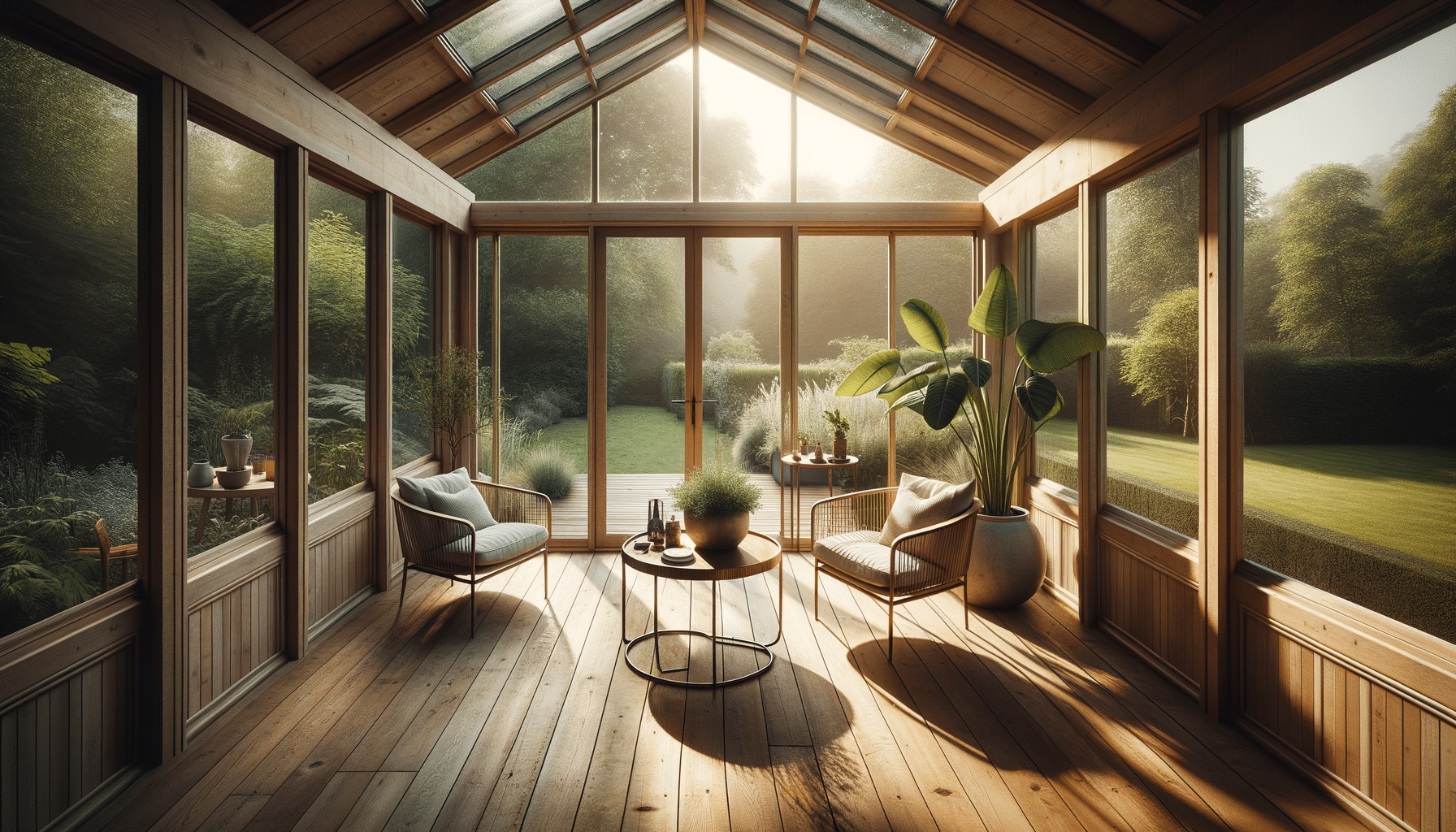
Vertical Gardening Solutions for Small Outdoor Areas
Maximizing the potential of small outdoor spaces can be a rewarding challenge, and vertical gardening offers an innovative solution for those looking to enhance their green thumb in limited areas.
Vertical gardening is a creative approach to optimize space in small outdoor areas, offering the ability to grow a variety of plants without requiring extensive ground space. This method not only saves space but also adds a unique aesthetic to your outdoor area.
Why Choose Vertical Gardening?
One of the primary benefits of vertical gardening is its ability to maximize limited space. According to a study by the Royal Horticultural Society, vertical gardens can increase plant density by up to 50% in confined spaces. This means more plants, more oxygen, and more greenery without expanding your footprint.
Expert Insights
Horticulturist Mark Freeman notes, “Vertical gardening is not just a space-saving technique; it’s also a way to bring nature closer to urban dwellers.” His insights highlight the dual benefits of aesthetics and functionality in vertical gardens.
Types of Vertical Gardens
Vertical gardens can be implemented in various ways. Here’s a comparison table to help you decide the best option for your space:
| Type | Advantages | Considerations |
|---|---|---|
| Trellis Systems | Support climbing plants | Requires sturdy installation |
| Wall Planters | Compact and decorative | Limited root space |
| Pocket Gardens | Easy to install | Frequent watering needed |
| Hydroponic Walls | Efficient and water-saving | High initial cost |
| Freestanding Structures | Portable and versatile | May require anchoring |
| Hanging Gardens | Unique and artistic | Limited plant selection |
| Gutter Gardens | Utilizes recycled materials | Limited to small plants |
| Pallet Planters | Cost-effective | Requires treatment for wood |
Getting Started
To begin your vertical gardening journey, consider these actionable tips:
- Choose the right plants: Opt for herbs, succulents, or small flowering plants that thrive in vertical settings.
- Assess sunlight: Ensure your chosen location receives adequate sunlight according to plant needs.
- Water wisely: Invest in a drip irrigation system for consistent moisture, especially for higher installations.
- Secure structures: Ensure all vertical installations are securely fastened to prevent accidents or plant damage.
FAQs about Vertical Gardening
Can I grow vegetables in a vertical garden?
Yes, many vegetables like tomatoes, cucumbers, and lettuce can be adapted for vertical growth.
What is the maintenance level for vertical gardens?
Maintenance varies; pocket gardens might need more frequent watering, while hydroponic systems require regular nutrient management.
Do vertical gardens attract pests?
Like any garden, they can attract pests, but maintaining healthy plants and proper spacing can reduce this risk.
Conclusion
Vertical gardening is a smart and attractive solution for small outdoor areas. By understanding the types and techniques involved, anyone can transform their limited space into a lush, green oasis. Whether you aim to grow herbs, flowers, or vegetables, vertical gardening can provide both beauty and functionality. Now’s the time to start your own vertical garden and enjoy the myriad benefits it offers!


